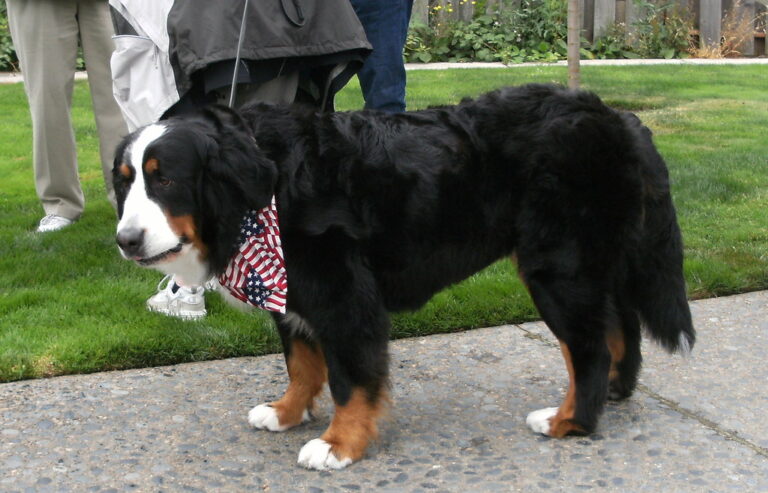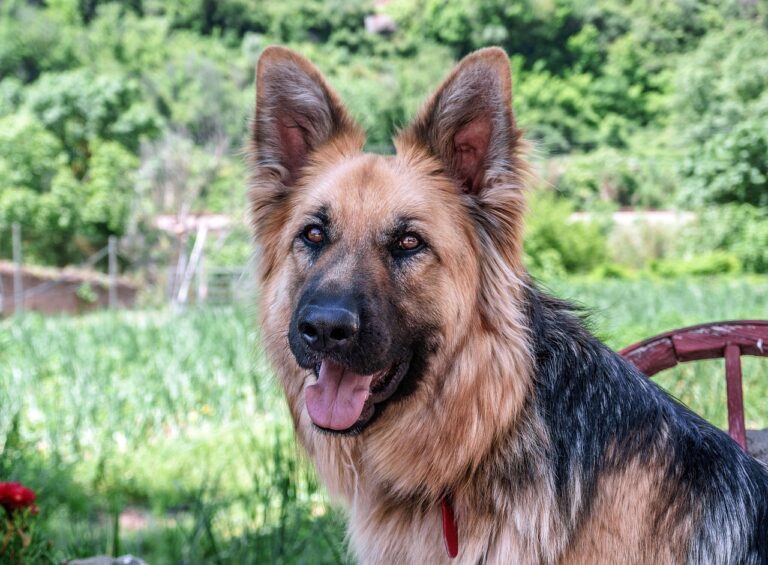15 Silent Signs Your Dog Is Unhappy at Home
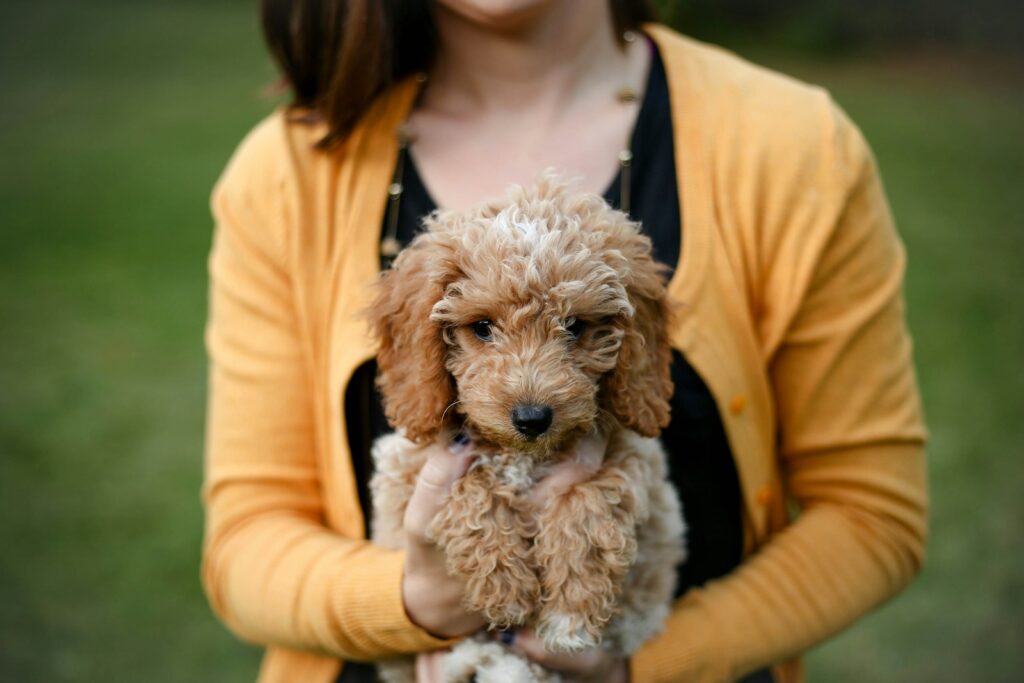
Dogs can’t tell us with words when something’s wrong, but they do show us—if we know how to look. When a dog is unhappy, the signs are often quiet, subtle, and easy to miss if you’re not paying close attention. These 15 signals may seem small, but they can mean your dog is feeling lonely, anxious, or stressed at home.
They Sleep Much More Than Usual
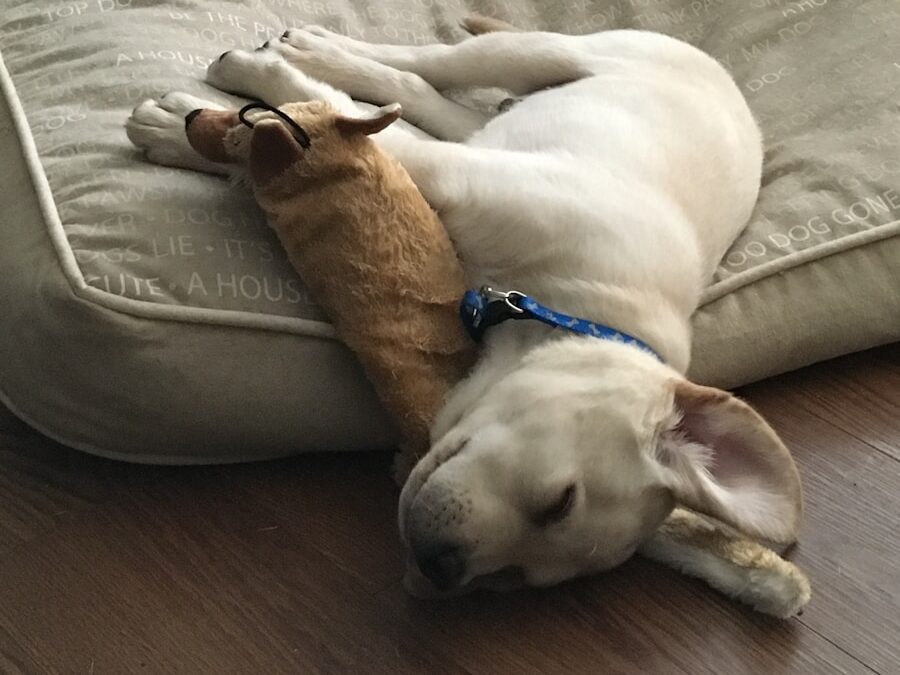
While dogs do nap a lot, excessive sleeping—especially when they’re usually active—can be a red flag. If your dog seems uninterested in walks or playtime or doesn’t react to your presence, they may be emotionally withdrawn. It’s like when people sleep to avoid the world. A dog that’s sleeping too much could be bored, depressed, or simply not feeling safe or stimulated enough in their home environment.
They Suddenly Stop Eating or Show Little Interest in Food

If your dog usually gets excited for mealtime but starts leaving food in the bowl, that’s a sign something is off. Dogs may stop eating when they’re feeling depressed, anxious, or even unloved. It’s not always a health issue—it can be emotional. Just like people lose their appetite when they’re stressed, dogs can show emotional sadness through their eating habits too.
They Avoid Eye Contact or Turn Away From You

Dogs are incredibly social and often look to their owners for reassurance and connection. If your dog avoids eye contact, turns their head away when you speak, or seems uninterested in your presence, it may be a subtle way of saying they feel disconnected or uncomfortable. This can be especially true if they used to be more affectionate but have slowly grown distant at home.
They Lick or Chew on Themselves Excessively

If your pup is constantly licking their paws or chewing at their fur, it’s more than just grooming—it can be a coping behavior. Many dogs self-soothe when they’re anxious or unhappy, and repetitive licking releases calming chemicals in their brain. But too much of it can lead to sores or bald spots, and it’s a clear sign your dog may be dealing with emotional stress.
They Don’t Want to Play Anymore

When a dog suddenly loses interest in toys, games, or activities they once loved, it’s a very big warning sign. Play is a natural outlet for happiness and energy in dogs, so avoiding it can mean they’re feeling down or emotionally distant. It might not happen all at once—it can start with shorter play sessions or less excitement around their favorite toys before fading out completely.
They Follow You Around Obsessively
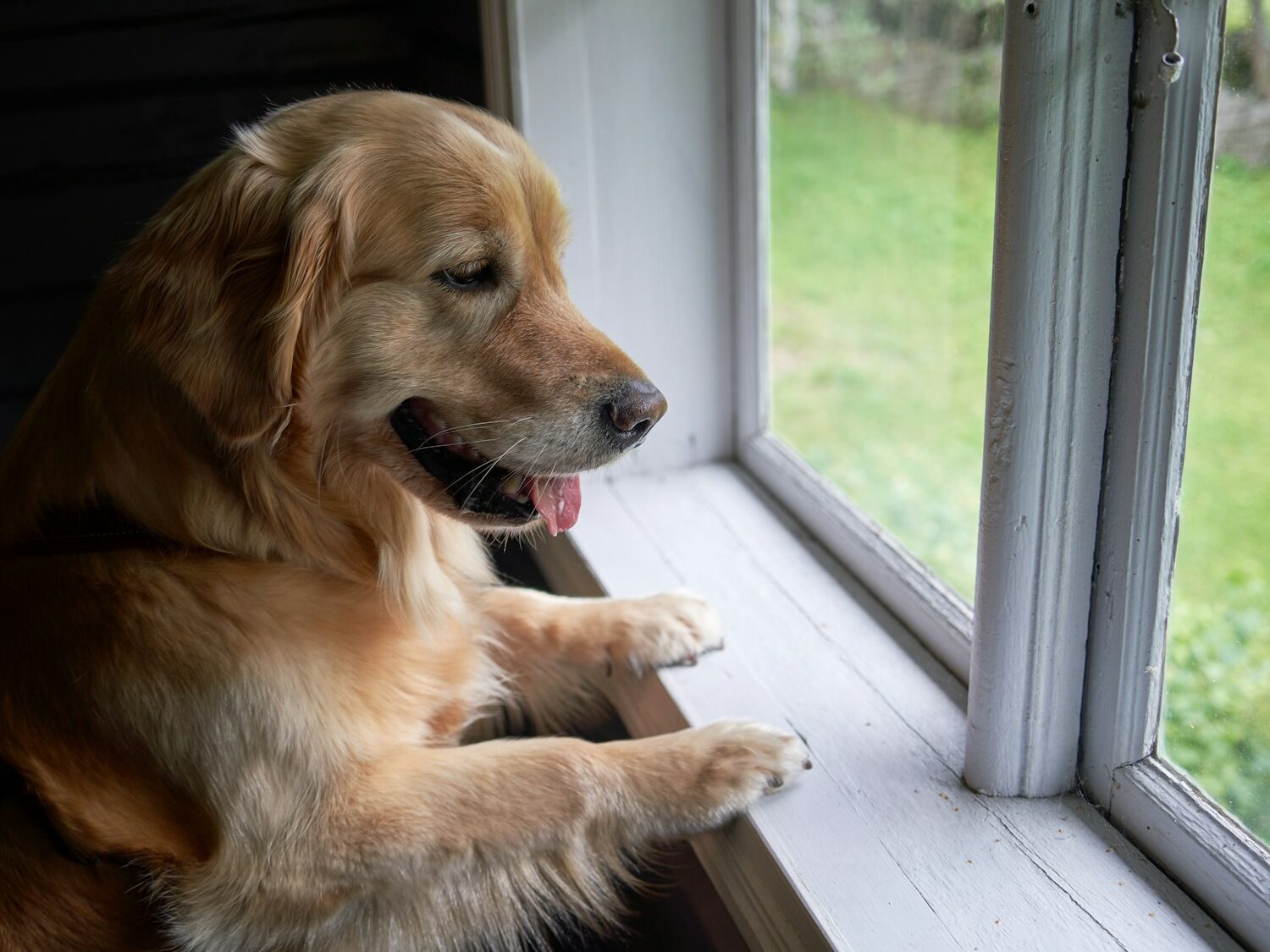
It might seem sweet when your dog is glued to your side, but if they can’t let you out of their sight, even just to go to another room, they may be struggling with anxiety. This clingy behavior could be a sign they don’t feel secure when left alone or that they’re overly dependent on you for comfort, which can be stressful for them in the long run.
They Hide or Spend More Time Alone

If your once-social dog starts retreating to corners, under beds, or isolated parts of the house, it’s a quiet way of saying something isn’t right. Dogs often hide when they’re scared, stressed, or feeling emotionally overwhelmed. It’s not about needing a nap—it’s about needing space. And if they’re doing it often, they may be feeling unhappy or out of place at home.
They React Negatively to Touch or Affection
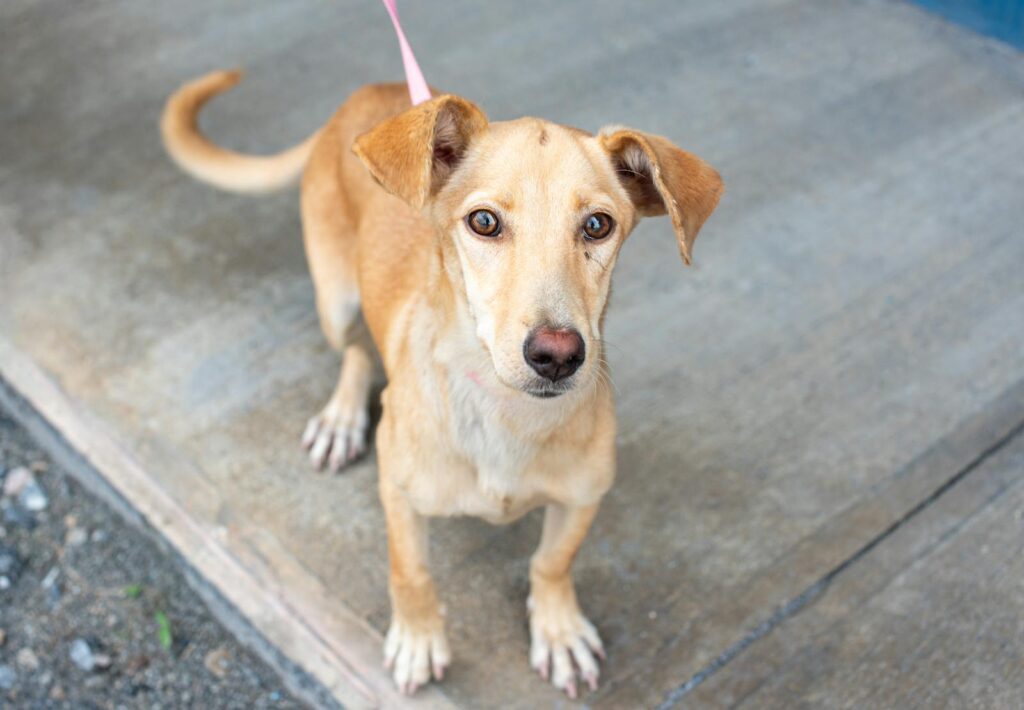
When a dog flinches, pulls away or avoids being touched, it’s not just about physical discomfort—it can be emotional too. If they used to enjoy belly rubs and now stiffen up when you reach out, they might be signaling stress, fear, or emotional unease. It’s their way of saying they’re not feeling okay, even if they don’t growl or bark.
They Whine or Bark Without an Obvious Reason

Occasional barking is normal, but frequent whining or barking when nothing’s happening can mean your dog is trying to tell you they’re uncomfortable, bored, or emotionally unsettled. It’s their way of vocalizing feelings they can’t otherwise express. If your dog is becoming noisier, especially when they’re alone or bored, it’s worth looking into what might be bothering them.
They Pace or Can’t Seem to Settle Down
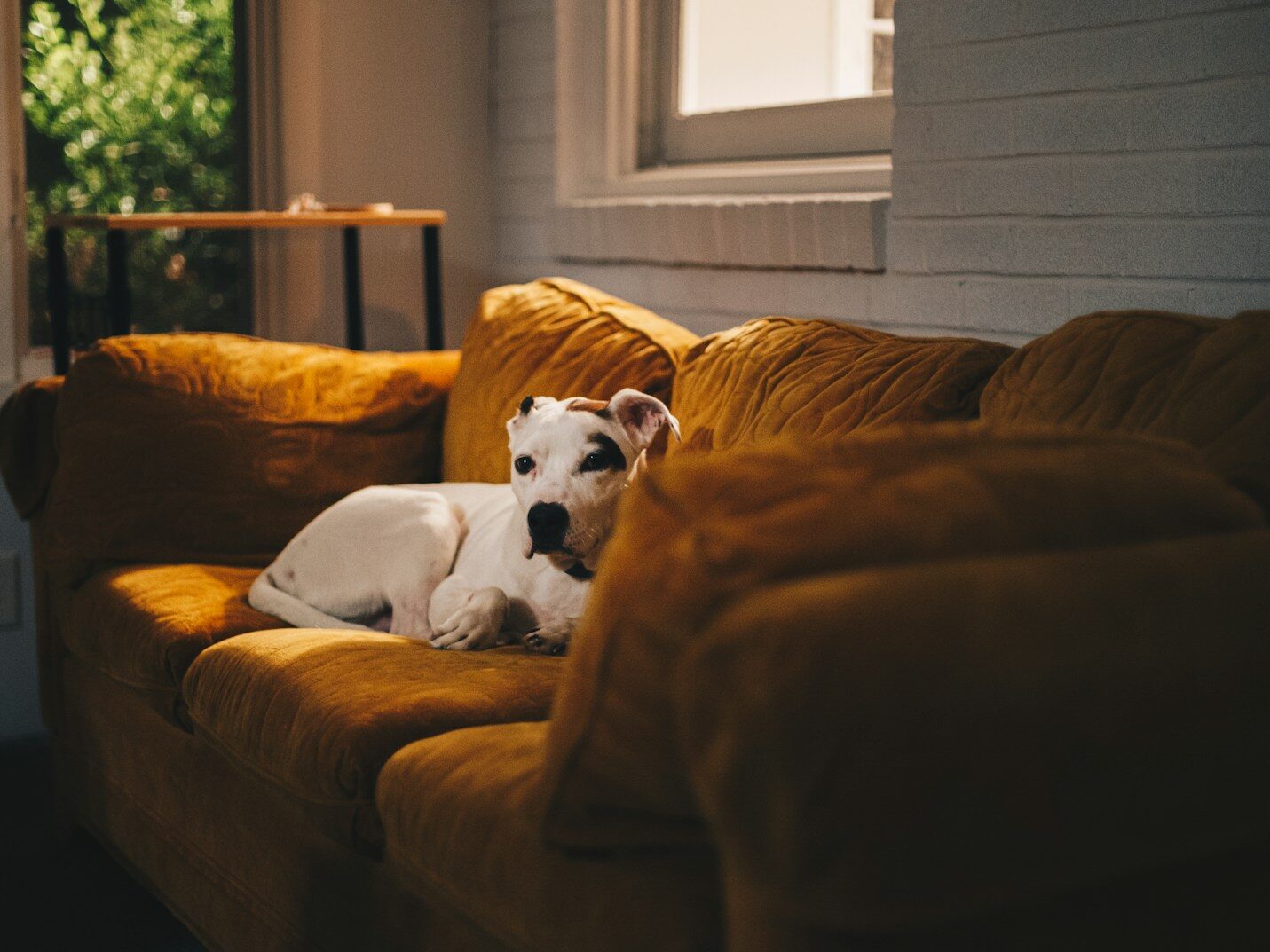
When dogs walk in circles, pace from room to room, or constantly change resting spots, it can be a sign they’re feeling uneasy. This restless behavior usually points to anxiety or frustration. A happy dog can relax and get comfortable. One who’s pacing might be dealing with stress or discomfort that they don’t know how to release or express.
They Start Having Accidents Inside the House

If your house-trained dog suddenly starts peeing or pooping indoors, don’t assume it’s just a medical issue. Sometimes, emotional distress causes dogs to lose control of their usual routines. It could be a sign they’re feeling confused, anxious, or even neglected. This kind of behavior often shows up when a dog’s environment has changed or when they’re not getting the attention they need.
They Show Destructive Behaviors Like Chewing or Digging
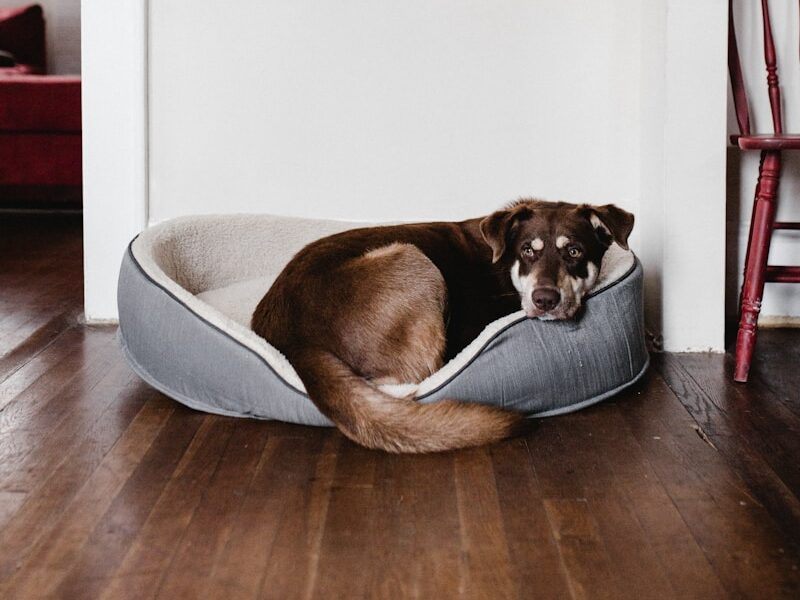
When a dog starts chewing furniture, digging into floors, or tearing things up, it’s usually not just bad behavior—it’s an emotional outlet. Dogs often act out physically when they feel trapped, bored, or ignored. It’s their way of coping with mental frustration and loneliness. A dog that’s suddenly destructive at home is often asking for more stimulation or emotional connection.
They Shake or Tremble Often, Even When It’s Not Cold

Trembling isn’t always about being cold—dogs also shake when they’re scared or uncomfortable. If your dog starts to tremble during normal household activity or seems overly sensitive to everyday noises, they may be dealing with anxiety. This kind of body language is one of the clearest silent signs that something in their home life is stressing them out.
They Stop Greeting You at the Door

One of the sweetest things about dogs is how excited they get when you come home. If your dog no longer runs to greet you or even lifts their head when you walk in, it could be a sign they’re emotionally checked out. That loss of enthusiasm doesn’t just mean they’re tired—it often means they’re feeling low, lonely, or neglected.
Their Tail Is Always Tucked or Motionless

A happy dog wags their tail—sometimes wildly. But when the tail is always down, tucked between the legs, or held stiff and low, it’s a quiet message that something’s wrong. The tail position tells a lot about how your dog is feeling. If they rarely wag or always look tense, it could mean they’re feeling fearful, unhappy, or uncomfortable in their daily home life.
